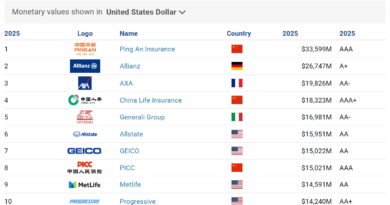U.S. Monetary Policy: Fed Holds Rates Steady at 5.25% as Inflation Moderates and Economic Data Shows Signs of a Cooling Economy
On March 19, 2025, the Federal Reserve decided to hold its benchmark interest rate at 5.25%, marking a critical juncture for U.S. Monetary Policy. Fed Chair Jerome Powell emphasized that this decision balances supporting economic growth with the goal of gradually reducing inflation toward the Fed’s long-term target of around 2%. For further details on the Fed’s decision, refer to Fortune’s coverage.

Key Economic Data Driving This Move
Recent data has significantly influenced U.S. Monetary Policy. The U.S. Bureau of Labor Statistics reported a slowdown in job growth in February, while the Institute for Supply Management indicated that both manufacturing and services sectors continue to expand—albeit at a more moderated pace (BLS, ISM). These indicators suggest that consumer spending is cooling, easing some inflationary pressures that previously drove aggressive rate hikes.
Market Reactions and Future Implications for U.S. Monetary Policy
Investors reacted with cautious optimism. Bond yields remained relatively steady, with the 10-year Treasury note holding near 4.2%, and equity markets experienced modest fluctuations. Many analysts noted that stable borrowing costs will help support both business investments and consumer confidence, even as geopolitical uncertainties persist.
In its statement, the Fed hinted that if the economy continues to slow and inflation trends downward further, it might ease monetary policy gradually later in 2025. Economists are now closely monitoring upcoming data—including the nonfarm payroll report and Consumer Price Index figures—to determine if future cuts in interest rates are warranted. For additional insights on potential policy shifts.
The Broader Impact on U.S. Economy
This pause in rate hikes represents a pivotal moment in U.S. Monetary Policy. With stable interest rates, businesses can invest more confidently in technology and infrastructure, potentially boosting productivity over the long term. Moreover, maintaining consumer confidence is crucial as households adjust to a gradually cooling economy.
As the global economic landscape evolves, the Fed’s data-driven approach to U.S. Monetary Policy remains essential. Both policymakers and market participants will be watching future economic reports closely to determine if further policy adjustments are necessary.
Wanna read more? Checkout some interesting articles on 👉personal finances or 👉investing.




Would love to incessantly get updated outstanding weblog! .